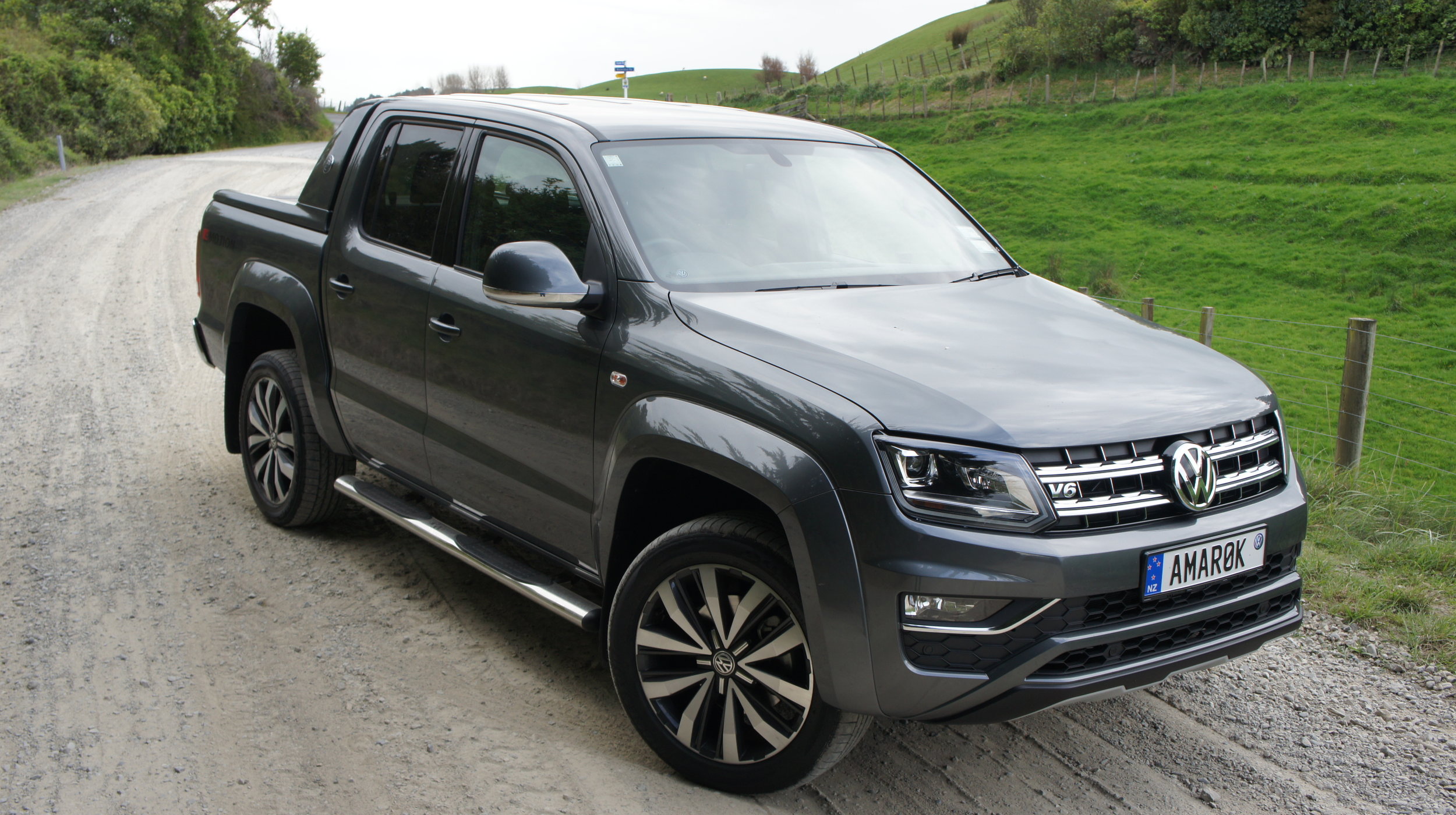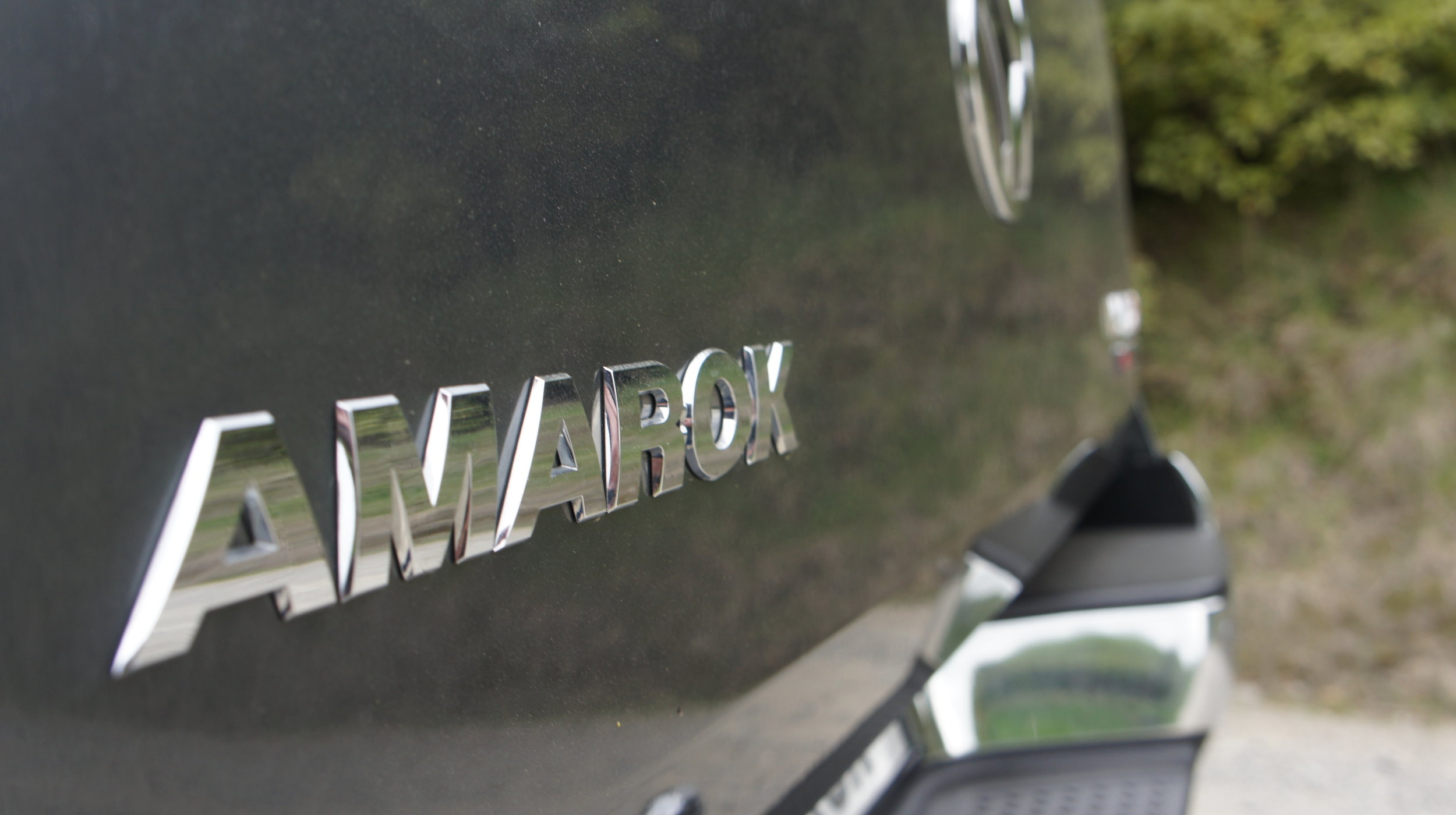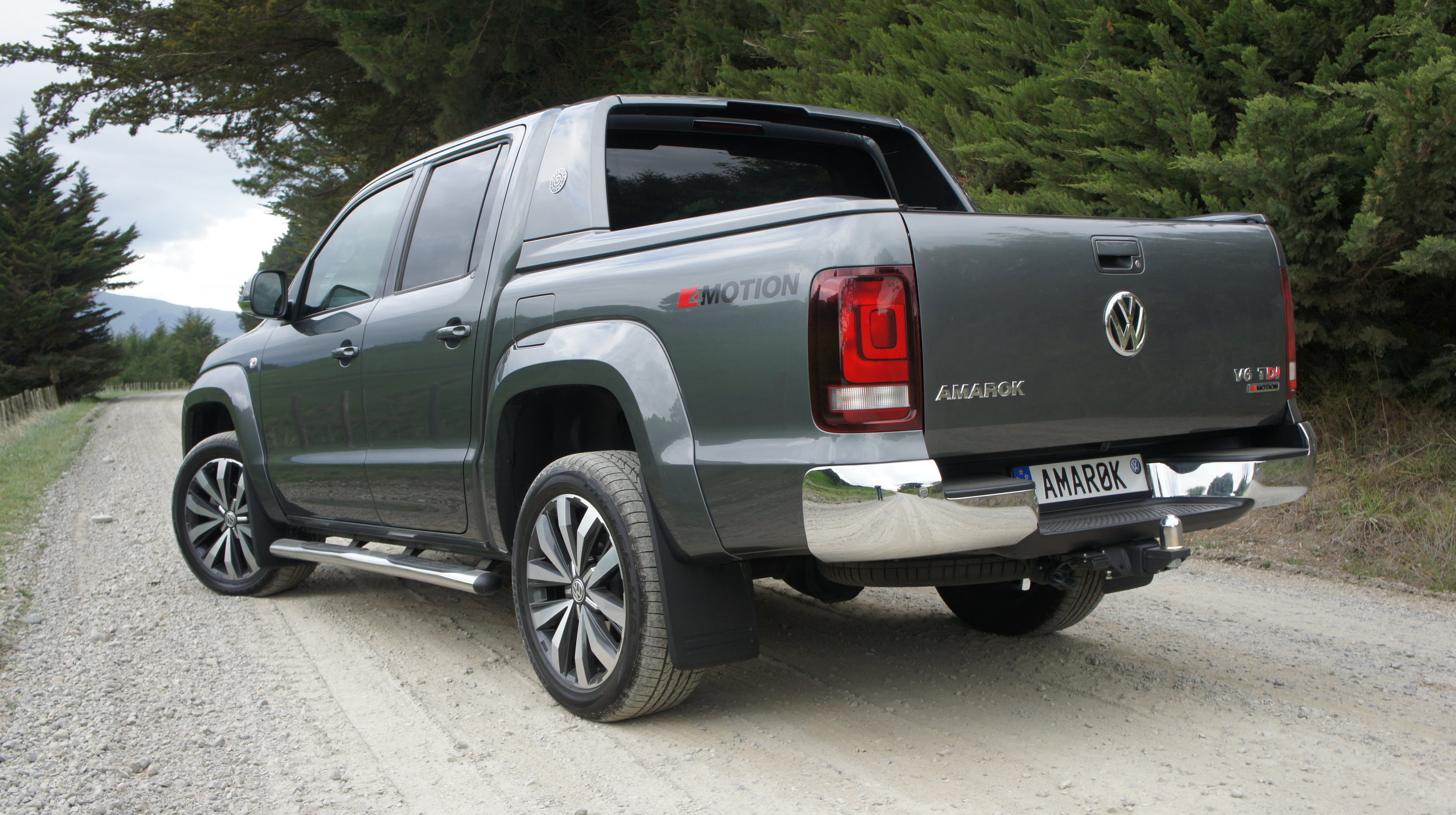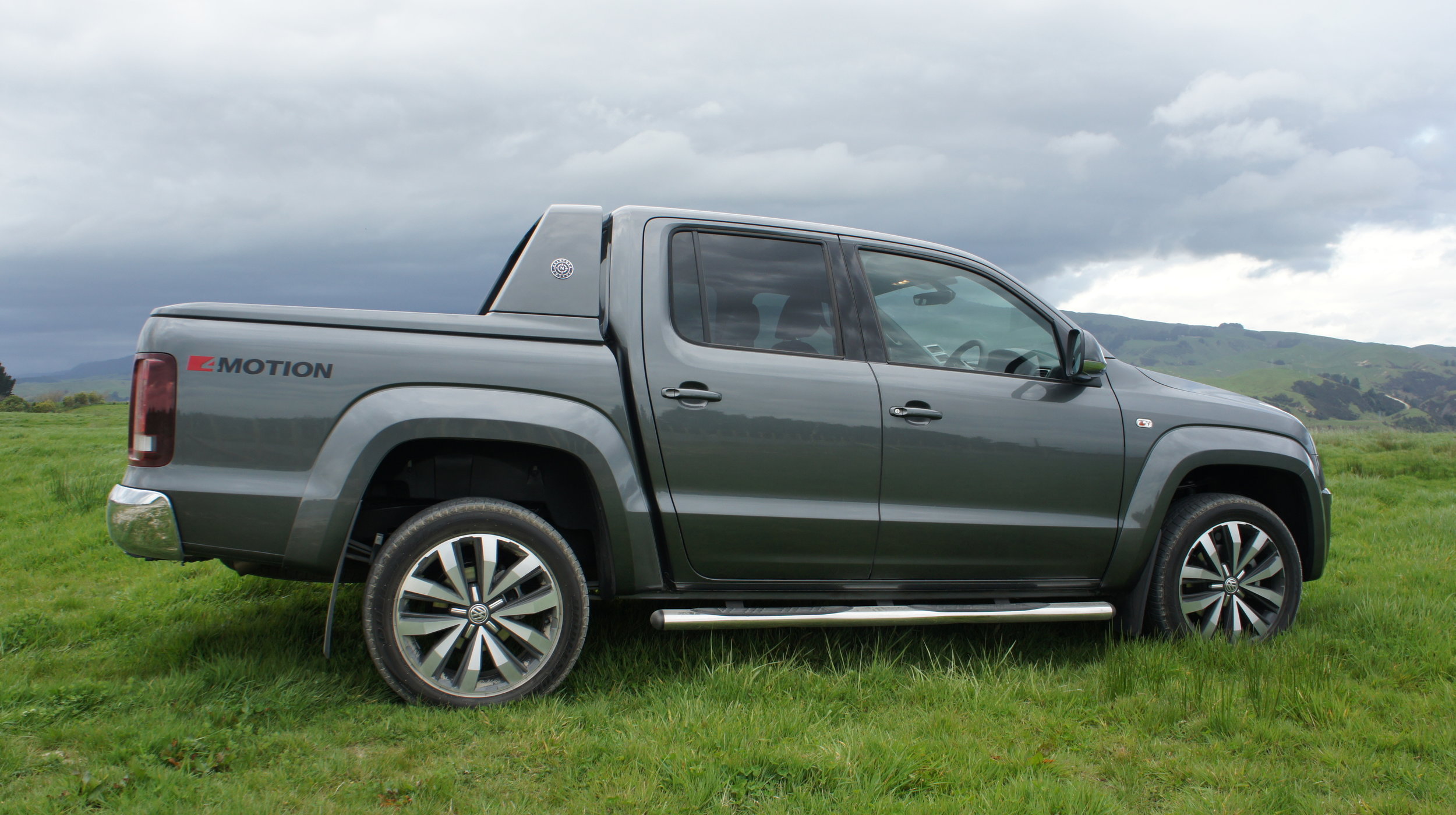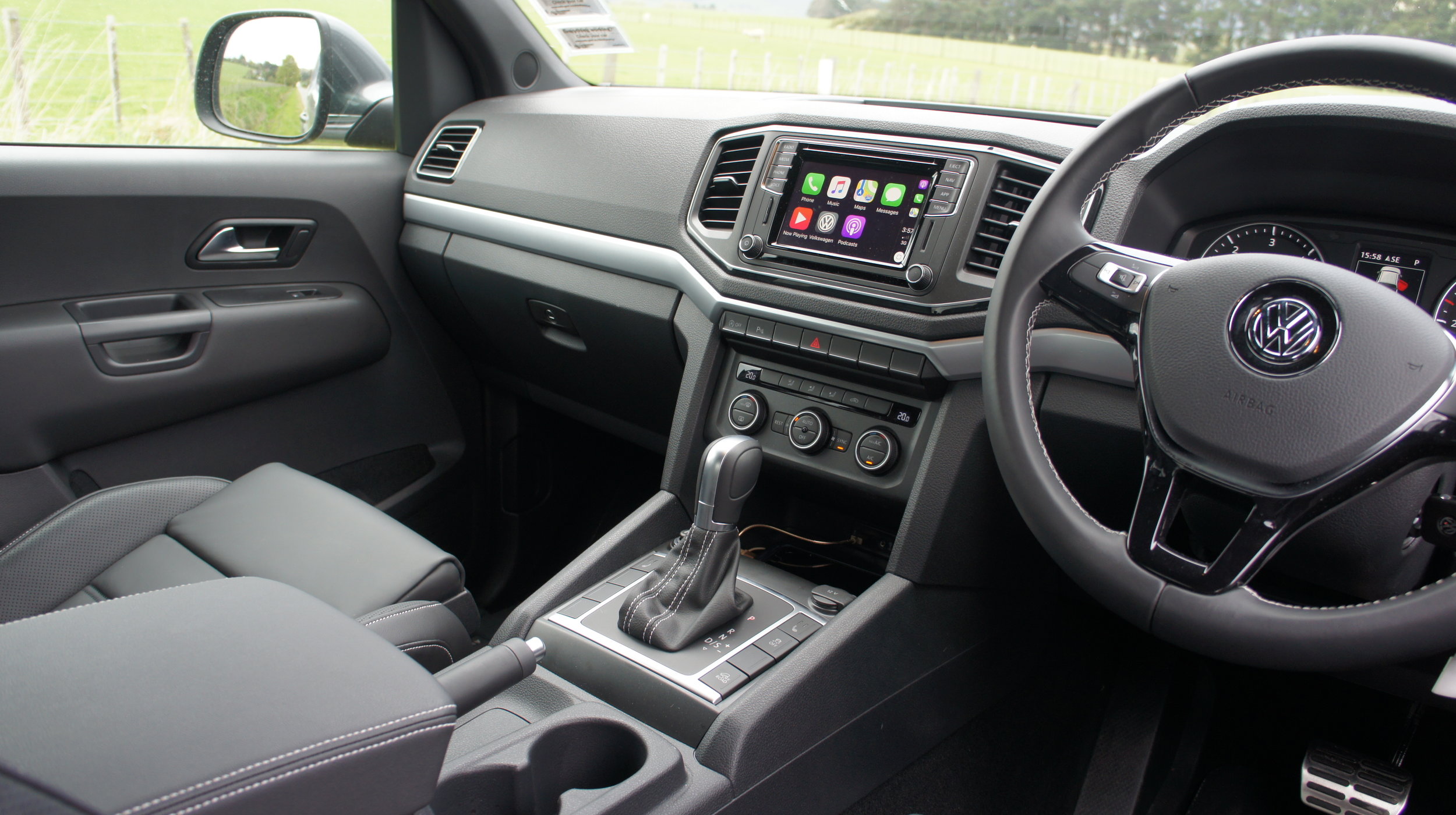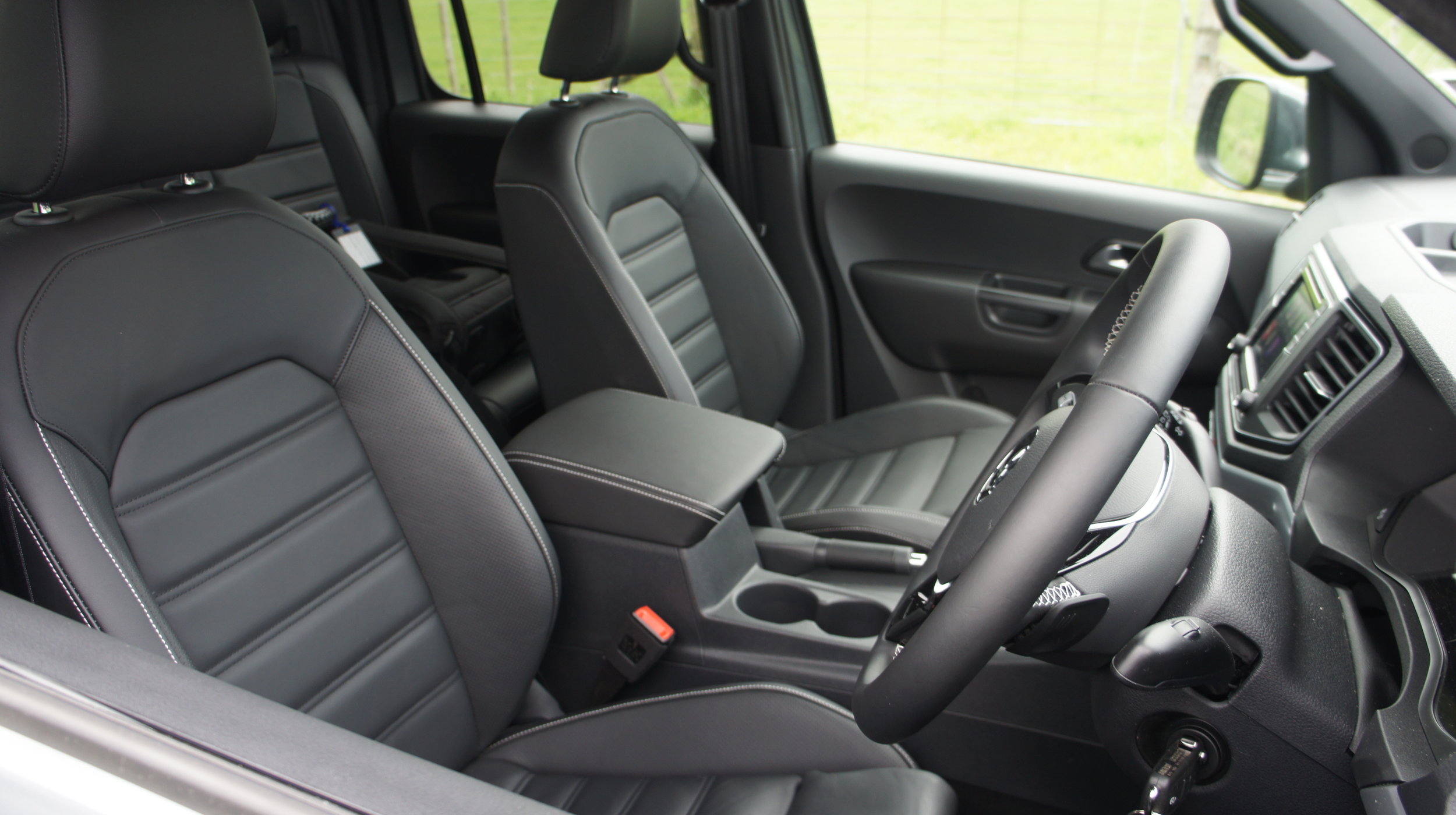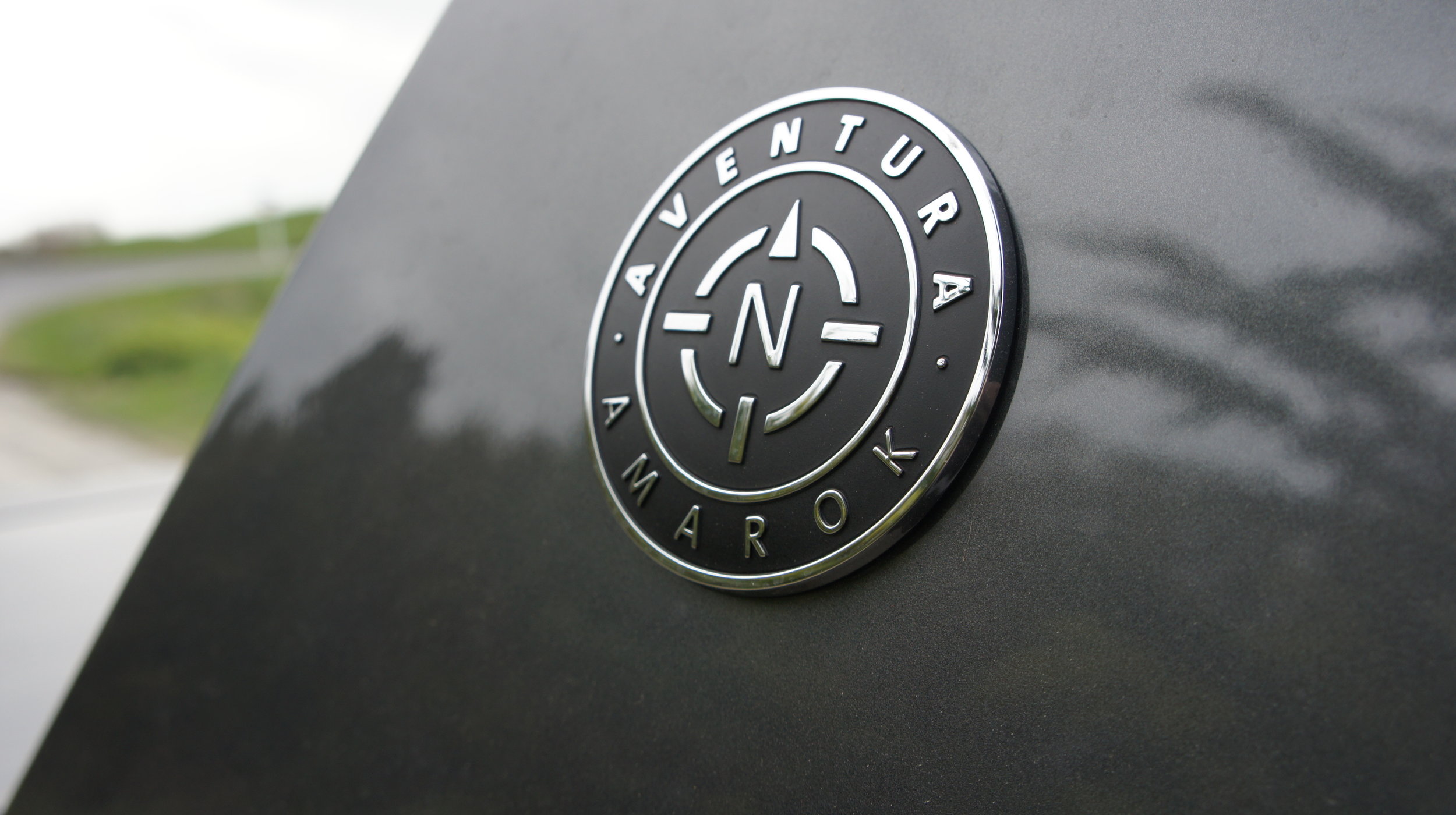VW Amarok V6: Making a six-sational point
/
The (sometimes) 200kW V6 Amarok delivers plush with extra performance polish … for a price.
AROUND this time in 2016, Volkswagen finally produced the V6 version of the Amarok we’d been expecting for years …. and, naturally enough, the market went mad for it.
Yes, it was expensive enough to seem an extravagance, but so what? A six-cylinder option in a four-cylinder-focussed one-tonne category was special. More to the point, the ‘Rok already had pretty decent reputation to start with and, on top of everything else, the German creation came with an immediate cred as being the gruntiest in class. Who could refuse it?
As we know, plenty of buyers couldn’t. Ever since that day, the six-pot editions have not only outsold the four-cylinder that has been with this rig since its introduction back in 2011, but have also lifted Amarok’s image and sales volume by no small measure.
So, what’s going to happen now that there’s a V6 edition that stands above the one we’ve been quite happy with?
As the numerical designation suggests, the Aventura 200kW packs even more punch than this engine has previously energised … but the price tag reminds the horses that provide this additional oomph are all clearly thoroughbreds, cos it ain’t cheap.
Who in their right mind will pay $89,900 for a ute, right?
Well, agreed, this variant demands a special level of loyalty. But, frankly, after spending a week with it – time which included reacquainting with the 165kW unit – I can suggest there will be many who will be happy to take the plunge and upgrade.
Interestingly, enough, those who determine to make the transition might very likely do so for more reasons that simply gaining a power lift.
Yes, the extra grunt is an important factor, but realistically, what they’re going to like just as much about this new engine – and yes, with the amount of reworking that has been undertaken it does deserve to be call that – is that it delivers more muscularity with more decorum than the lower-output alternate.
Refinement might not be considered important for workhorse trucks, but it definitely comes into consideration with high-end doublecabs simply because most are bought for family driving and recreation.
The new V6 is going to win immediate appreciation on that score: A friend who owns and very much enjoys his 165kW Aventura was reluctant to try out the new edition because he simply couldn’t see how his vehicle could be bettered. That view altered entirely after a 20-minute stint in the test vehicle.
His only quibble was that he would have preferred the new big banger had not taken up a feature Amarok has avoided previously – start/stop. I was surprised how irked my mate was by this fuel-saving feature, given many modern cars have had it for ages. Gotta say it doesn’t concern me.
As I see it, the one immediate aspect about this Amarok that would be questioned is how little it differentiates, overall, from immediate family.
Yes, it has 20-inch rims, but you’ve always been able to take those as options (and many have). Ditto the sports bar, running boards (though these take illumination) and the Durabed tray liner.
True, it alone delivers with very comfortable Nappa leather-covered sports seats with, for the first time, power adjustability and paddle shifters, but you’d have to think the general cabin enhancements of a darker trim and an upgraded multifunction display will be coming to the entire range soon. Apart from this, though, the only signature is one that’s easily missed, even by brand nerds: A new silver skidplate (likely to retain its shininess because who goes off-roading, right?)
The Aventura badge on the C-pillar stands out obviously. But unique to this edition? Yeah … nah. That was also on the 165kW.
That there’s not a lot, all in all, to shout that this is a new kong is a lost opportunity, I feel, given this edition so obviously taps deep into a growing desire to be seen in high-end one-tonners, a trend that Ford, especially with its Raptor, Holden, Toyota are making the most of. Styling-wise, their special editions are much more overt than VW’s.
The absence of rear seat airbags will likely hang over this generation all the way to its demise, likely to occur in 2022, simply because the challenge of engineering that feature into the structure is simply too great. But you would be excused for thinking they could have sought to incorporate keyless entry – a feature that comes with VW SUVs – and some camera-based driver aids. But they haven’t.
The $4000 premium over the old Aventura – or $11k-$20k if you’re comparing with the Highline (so, best not) – is clearly not buying a wealth of content change, then.
Best front up now that it’s not, erm, also actually buying quite as much extra power as the name suggests, either. Insofar that the full 200kW peak only comes on fleetingly, in overboost, when the engine is running at between 3000-4000rpm. Otherwise it is churning out a maximum of 190kW. Which still puts it exactly on par (and such a coincidence – NOT) with the V6 X-Class.
Still, with diesels, it’s always the torque that ultimately counts for more, and there’s enough of that, with a claimed 580Nm maximum against 550Nm previously. That’s heaps of heft that will be appreciated by those into towing, even though the overall on-the-hook rating remains unaltered at 3.5 tonnes.
Anyway, the 200kW engine also wins a Green badge in being the only Amarok engine to meet Euro6 emissions regulations. It does so with the assistance of AdBlue, an exhaust additive that breaks down nitrogen oxide.
Fuel economy is said to be slightly better than the 165kW and around the same as the four-cylinder Amarok, which works a lot harder.
A key appeal of this engine is that it just doesn’t work hard to express its muscularity. The extra torque is produced in the same 1400-2750rpm band as the lesser V6; there’s just tangibly more shove. It’s not just me saying that. The owner of a 165kW who I talked into taking time at the wheel expressed the same thought. Quite swearily, too. He was a bit stunned by how obvious the extra heft was, actually.
It’s never been easy to say a bad word about the eight-speed auto and nothing changes now. That it simply has no problem whatsoever coping with this pepped six is not superprising, given that it has handled bigger jobs: Including, years ago, a V12 Audi diesel. It’s such a smooth, refined and reactive tranny; still the best round even though Ford’s new 10-speed is pretty good, too.
The Amarok also stands tall as delivering the most car-like handling and ride - despite still riding on leaf springs at the back – and is certainly all the more assured for employing a drive system that lays down traction through all four wheels, all of the time. It says something about this model’s slab-sided and solid styling that even 20-inch wheels look a bit small for it; in saying that, they’re probably about as big as you’d want to go. I’ve driven an Amarok on 22s and it was pretty dire. Even these tyres transmit some texture and noise from the road surface, but they’re not bad for grip, notwithstanding that anyone who drives a sports ute as they would a sports car is a fool.
This uber-V6 also is the first Rok with Servotronic power steering.
This varies the assistance according to speed, so in city driving it's fingertip-light, but on the open road it provides much more resistance. The feel is not entirely natural, and it takes some getting used to, but overall I thought it will be beneficial for urban use.
The common challenge with high-end utes is that they are based off vehicles that were never designed to be that way. Amarok is no different; for all the plush touches, the cabin environment remains quite utilitarian. Apparently because, in some of the world, they still use these things for work. Yes, I know, remarkable isn’t it?
What also challenges when going VW is that the technology edge you expect to get with German product actually is better availed by other brands. If you want a camera-based adaptive cruise control or lane-keeping assistance, buy a Ranger Wildtrak. A forward collision alert? That’ll be your Holden Colorado. It’s unlikely Amarok should have this. Which isn’t to say it shouldn’t.
Regardless that their singular status as fringe benefit tax evaders (and decent resale) help utes look good on the company books, let’s agree this one will require a deep breath before you sign up. But VW can be hardly be blamed for wanting to make a buck; not least when so many other brands are also playing the top end of the market. Fact is, there are more than a few $80k-plus alternates there now – and though some of those halo models are pretty spesh, only the $88,325 Mercedes offers in V6 form.
Meantime, VW NZ has stepped in to ensure an Aventura arguments; the 165kW edition is now on runout so, once it disappears, those wanting to enjoy the Amarok in its most impressive format have no choice but to move up.

